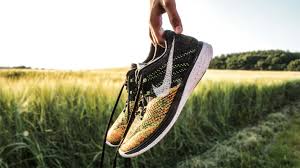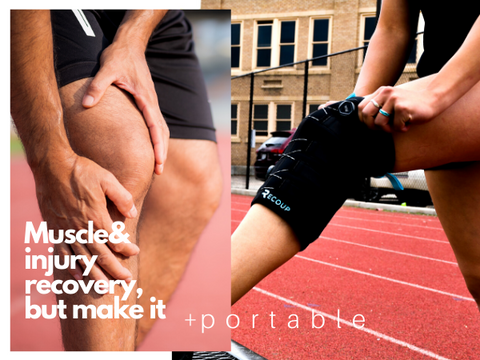Simple Tips to Help Avoid Shin Splints
Shin splints most commonly occur when someone starts running for the first time, a current runner who tries to increase their mileage without a proper ramp-up period or adding a hill regime into their training.
This easily recognizable pain occurs below the knee and above the foot either medially or laterally to the shin bone. Not only are shin splints tight and uncomfortable, but they can also severely alter your ability to continue running and force some time with your legs up and resting.
HOW CAN I AVOID SHIN SPLINTS
With gyms being closed, we are likely turning to alternative solutions for exercise that may lie out of our normal activities or routines.
Starting to run or increasing your mileage is never easy but whichever category you fall into, make sure you are easing yourself into it.
Whether you are jumping off your couch into your first 5k or training for your first ultra - both are going to put extreme strain on not only your joints but your feet, shins and knees.

Georgeanne Moline, Olympic American Hurdler, wearing a Recoup Cryosleeve Ice + Compression
1. Make sure you have proper footwear
We know you want to get out there but worn-out shoes are a quick ticket to shin splints. Old, flattened out shoes can lead to pronation where you are stressing the medial side of your foot. This will lead to medial shin splints (on the inside of your leg) that can send pain all the way up toward the inside of your knee and cause additional issues in that zone as well. A sturdy shoe will help to prevent this.

As a good rule of thumb. this varies by a runner's mileage but try and change your running shoes every 3 months.
2. Change directions and/or the surface you're running on
Another common occurrence of shin splints comes from running on a trail or road that is sloped to one side. While it is tempting to get out on the trails to get some fresh air from quarantine right now, try to find a route that takes you in and back, so you are evening out the slope’s weight on both sides. Or – simply try to find a flat route to avoid this stress overall.

If you are running on a track, make sure you are switching up directions to avoid the same issue.
3. Stretching will save you
We can’t stress enough the importance of stretching and recovery if you are picking up a new activity such as running right now. Take 10-15 minutes before your run to get a good stretch in – not only to help avoid shin splints specifically, but to avoid winding up with pulled muscles, stress fractures, tight muscles, and unnecessary soreness.
If you are making time to run, make sure you add in the time to stretch and recovery as well to keep you out on your runs and enjoying the outdoors as much as possible!

